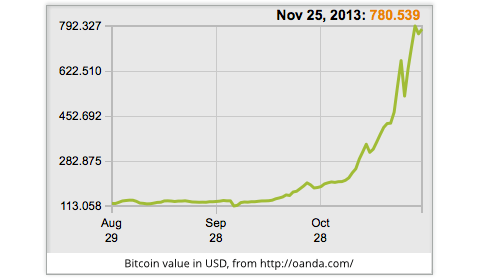Automation, Exercises Shorten Response Time To Advanced Attacks
When Fenwick West LLP upgraded its security with next-generation firewalls and advanced malware detection systems, the law firm had to deal with a stark increase in alerts of potentially serious incidents.
Each incident required the IT security staff to investigate, collecting relevant log files and checking the system of any user involved in the event. While detection remains a problem for most companies, responding to those alerts as quickly as possible became the main hurdle for the firm, says Kevin Moore, Fenwick West’s director of information technology.
To help prioritize incidents, Moore’s team sifts through the alerts using a system to automatically collect relevant data and even do forensic analysis on the affected systems. To close the loop, the automated process can create firewall rules to block communications from the infected system that might otherwise be exfiltrating data from the company.
“The big advantage is that I can create an automated workflow,” he says. “If I see a device internally potentially infected with an APT attack … I can automate the response and insert into my firewalls a block of any egress traffic to that IP. I no longer have to jump from my desk and run to the machine to address the issue.”
Many analyses of breach data have highlighted the costliness of the average company’s inability to detect compromises. The Verizon Data Breach Investigations Report (DBIR), for example, found that companies require weeks and months to detect an intrusion, while the attackers have typically completed their goals inside the network within days. In its Global Security Report, Trustwave found that the average breach was not detected for 210 days.
Yet slow response times also lead to much higher costs and a greater loss of data. In the recent Ponemon Institute’s Cost of Cybercrime survey, detection accounted for the highest proportion of costs, 28 percent, but incident response activities — such as containment, recovery, incident management, and investigation — accounted, in aggregate, for the other 72 percent of breach costs. Automating much of that activity can significantly reduce costs, experts say.
[From fully undetectable malware to low-volume targeted trojans, digital threats frequently do not have a signature, but companies can still prepare. See 3 Steps To Secure Your Business In A Post-Signature World.]
One way to reduce the time between detecting an attack and a full response is to practice incident response using exercises, says James Stevenson, EMEA security director for security firm Blue Coat’s advanced threat protection group. The recent Waking Shark II exercise, for example, allowed the Bank of England to test the ability of financial institutions to coordinate a response. While the exercise had some major flaws, it served as a way for participating organizations to dust off their incident response plans, Stevenson says. Quickly responding to an incident, and doing so in an intelligent way, can potentially prevent attackers from achieving their goals, whether that is harm to the network or theft of data, he says.
“You really need to reduce the attacker’s free time in your network,” he says.
Companies should also develop incident-response expertise within their security teams or put an incident-response service on retainer, says Chris Pogue, director of digital forensics and incident response at Trustwave, a security services firm.
“It is not just about detecting incidents and seeing them — it is understanding their significance and taking an action. That is an entirely different skill set than detecting the threats,” he says.
Yet whatever the level of a business’ incident response team, quickly responding to security threats means automating the response, says Neil Stratz, vice president of sales and marketing at NetCitadel, which makes an application to automate the collection of incident data and analyze the data in context of the business’ network.
“If they are not taking actions in the first hour, then they are behind the attackers,” Stratz says. “Throwing bodies at this problem is not going to work. There is not enough senior security analysts out there to go through these steps.”
Other systems automate the collection of data for investigation. Once a malware attack is detected, for example, piecing together every action taken by the program to track down other infected systems can dramatically shorten response and cleanup time, says Blue Coat’s Stephenson.
“You often need to rewind the tape and see where that malware has gone,” he says.
Until security firms offer a service to push a button and fix any issue or head off any attack, security teams will always feel that they are behind the attackers, says Fenwick West’s Moore.
“I think the hackers are getting a lot more sophisticated; they have a lot more resources than we have resources to combat it,” he says. “It seems like we are in a big catch-up game.”
Yet, while attackers still seem to be ahead, automation is helping companies shrink their lead, he says.
Have a comment on this story? Please click “Add Your Comment” below. If you’d like to contact Dark Reading’s editors directly, send us a message.
Article source: http://www.darkreading.com/advanced-threats/automation-exercises-shorten-response-ti/240164338


 The US is unlikely to prosecute
The US is unlikely to prosecute  Around 50% of European internet users are concerned about the dangers of cybercrime and online identity theft; just under half feel well informed about the risks they take online; and up to 46% have taken steps to improve their online security, although for the most part that goes no further than installing anti-malware software.
Around 50% of European internet users are concerned about the dangers of cybercrime and online identity theft; just under half feel well informed about the risks they take online; and up to 46% have taken steps to improve their online security, although for the most part that goes no further than installing anti-malware software. The US is unlikely to prosecute
The US is unlikely to prosecute